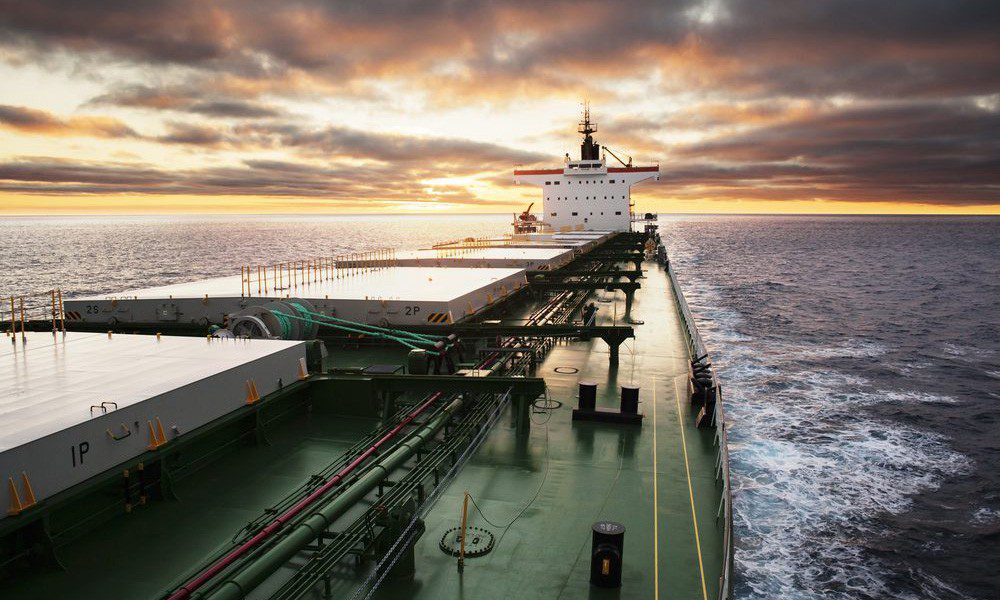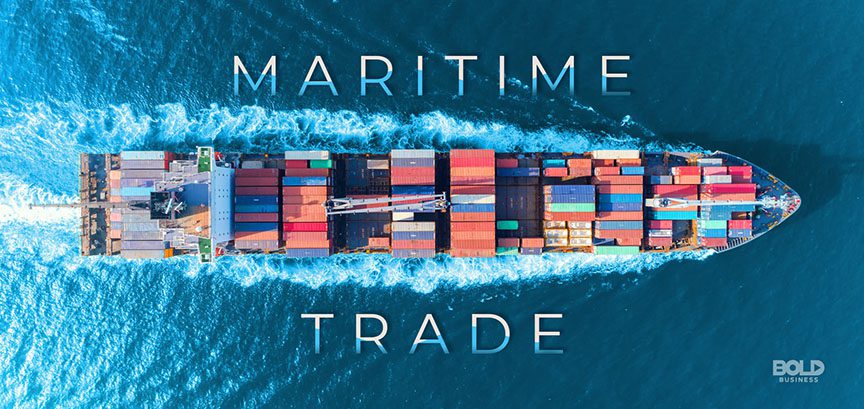Yesterday’s automation consisted of fixed infrastructure that couldn’t be adjusted to meet changing needs. Not anymore, says Rick DeFiesta, executive vice president of sales and solutions Americas withGeek+.
In the past, warehouse automaton was all about the installation of fixed systems that couldn’t be easily expanded or repurposed, DeFiesta says. Now, with the revolution in autonomous mobile robots (AMRs), it’s about being flexible and scalable.
Old tech might have been acquired on a five-year plan, but things are moving too fast to lock into commitments for spending on systems that can change with the times, DeFiesta says. It’s important now to be able to reconsider capital expenditures on a year-to-year basis, and make appropriate adjustments in line with changing demand patterns. Executives no longer need worry that they’re purchasing expensive systems that will be obsolete by the time they’re installed. And that makes it easier to envision a faster return on investment than might have been possible in the past.
AMRs are capable of being reprogrammed to do different tasks as the needs of the distribution facility shift, or even be integrated into larger systems. That’s another key aspect of flexibility in uncertain times, DeFiesta says. Modern-day material-handling technology, both hardware and software, also makes the investment more feasible for third-party logistics provides to acquire those systems, with the assurance that they can be applied to multiple customers.





